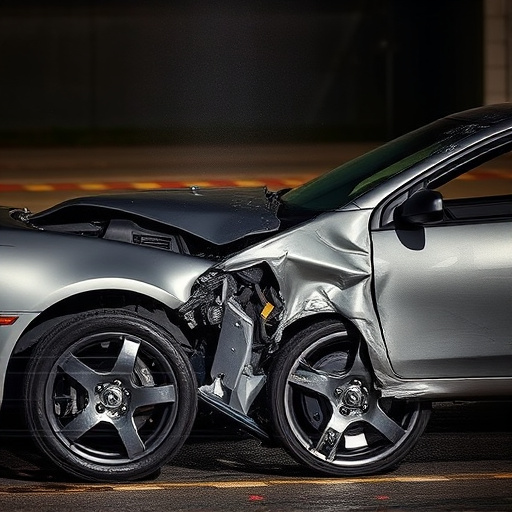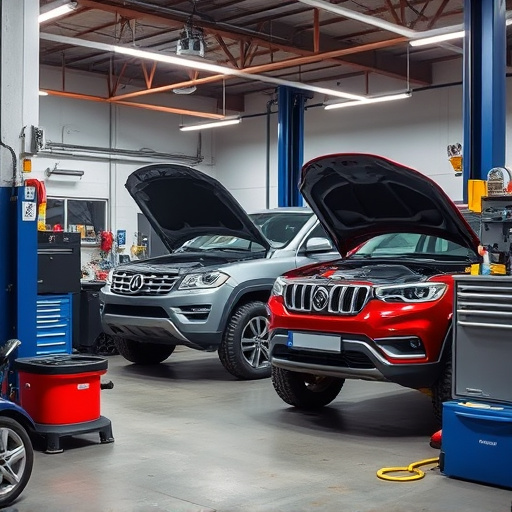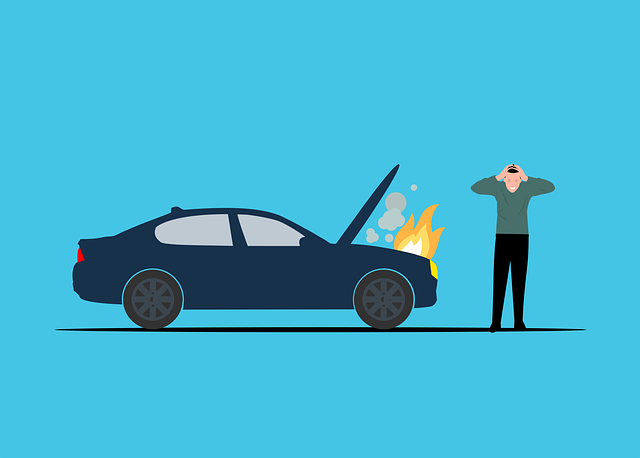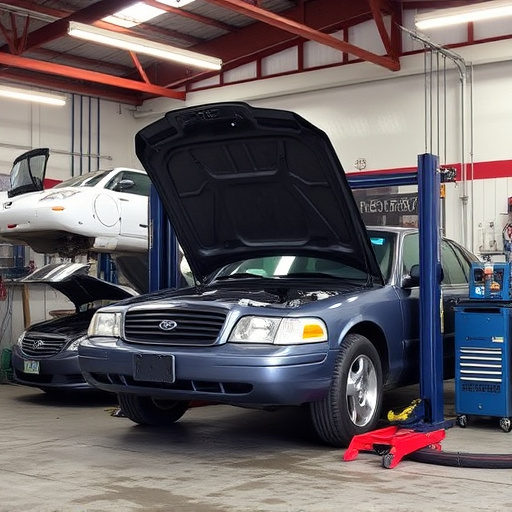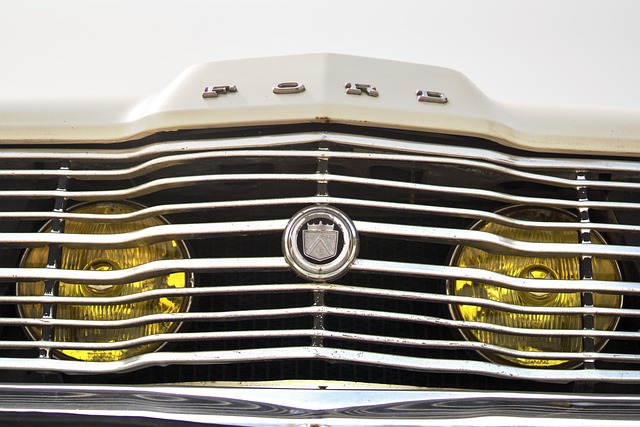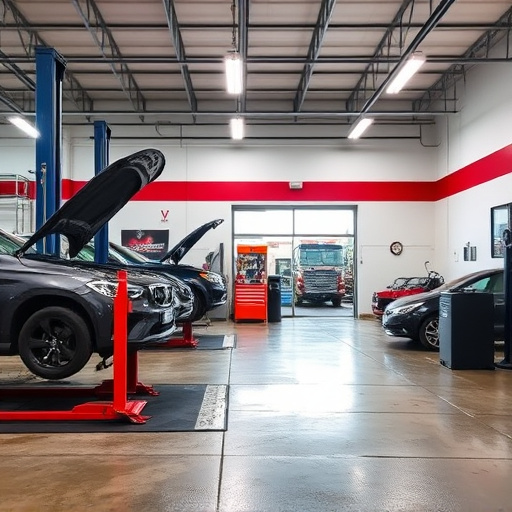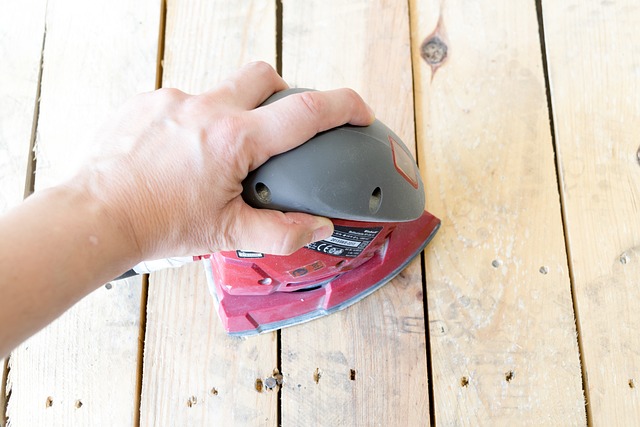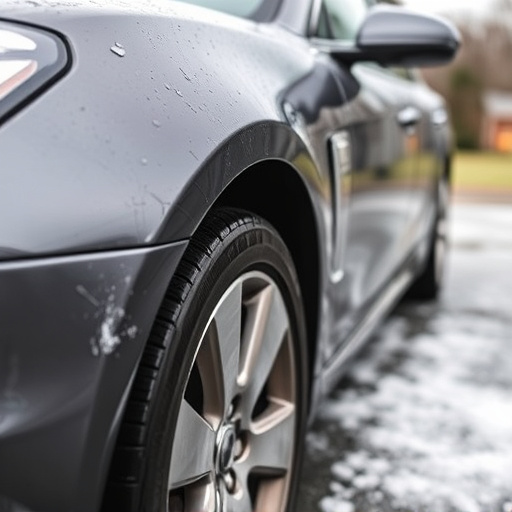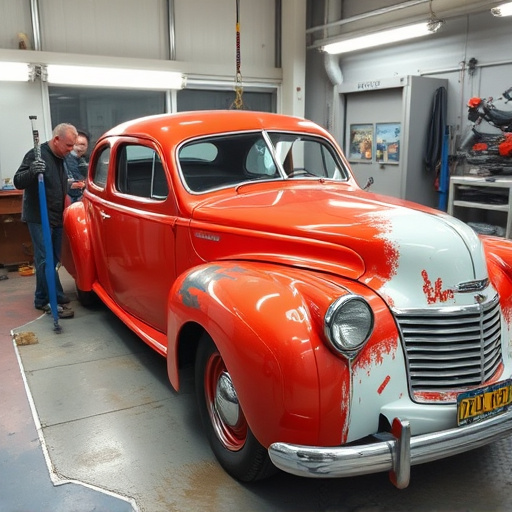Paintless Dent Repair (PDR) revolutionizes metal panel dent repair by offering a non-invasive solution that preserves vehicles' original finishes. Skilled technicians use specialized tools like air bags, hydraulic instruments, and plastic shapers to gently reshape damaged areas without affecting nearby paintwork. This method yields seamless repairs that are nearly invisible, providing a cost-effective and time-saving alternative to conventional car paint services for minor dents and dings. The right tools, including dent pullers, putty knives, digital calipers, sanders, masks, and respirators, ensure accurate measurements, smooth finishes, and protection from harmful fumes, enabling superior results that match the original factory finish. PDR's six-step process – inspection, prepare work area, apply heat, use PDR tools, adjust and clamp, final touches with wax – makes it ideal for various car paint repairs.
“Discover revolutionary paintless methods for fixing metal panel dents without the traditional repaint process. This comprehensive guide explores cutting-edge techniques that have transformed the auto industry, offering efficient, cost-effective solutions. From understanding the fundamentals of paintless dent repair (PDR) to delving into the tools and equipment used, you’ll grasp the science behind this game-changer. We provide a detailed step-by-step guide to ensure successful metal panel dent repair, leaving your vehicle as good as new.”
- Understanding Paintless Dent Repair Techniques
- Tools and Equipment Used in Metal Panel Dent Repair
- Step-by-Step Guide to Effective Paintless Dent Removal
Understanding Paintless Dent Repair Techniques
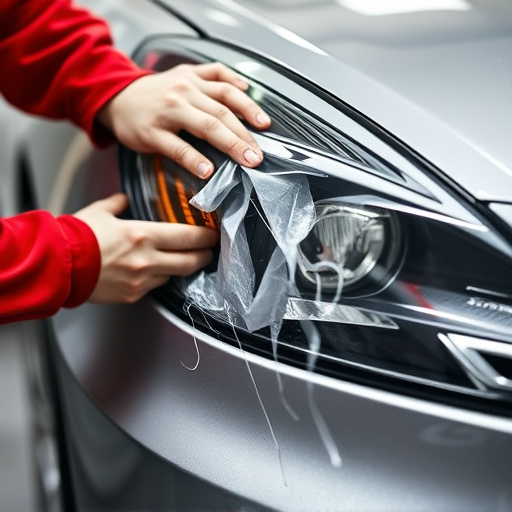
Paintless dent repair techniques have revolutionized the way we approach metal panel dent repair, especially for cars and other vehicles. Unlike traditional methods that often involve sanding, painting, or replacing damaged panels, paintless dent repair (PDR) is a non-invasive process that preserves the original factory finish of your vehicle. It’s a highly skilled craft where technicians use specialized tools to gently massage and manipulate the damaged area back to its original shape without damaging the surrounding paintwork.
This innovative approach leverages advanced tools like air bags, hydraulic tools, and plastic shapers. Technicians carefully insert these tools behind the dent, pushing or pulling the metal back into place while ensuring minimal disruption to the surrounding paint surface. The result is a seamless repair that’s virtually invisible, making it an attractive alternative to conventional car paint services for minor dents and dings in auto glass repair scenarios. PDR not only saves time and money but also ensures your vehicle retains its original look and value.
Tools and Equipment Used in Metal Panel Dent Repair
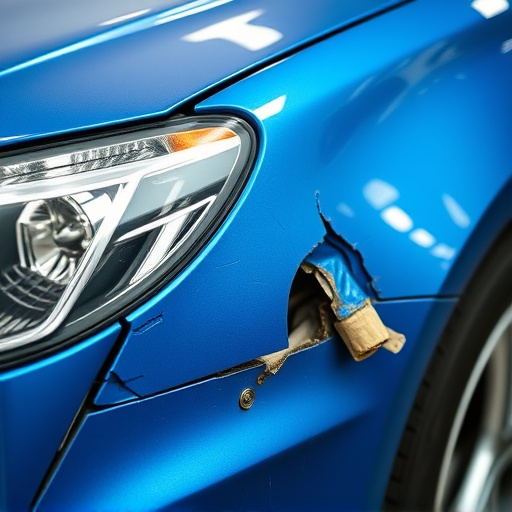
When it comes to metal panel dent repair, the right tools and equipment make all the difference. Professionals in this field rely on a range of specialized devices designed to access and manipulate hard-to-reach areas, ensuring precise and effective repairs. Among the essentials are dent pullers, which use air pressure to gently extract dents from the metal panel, and putty knives for applying and shaping repair compounds.
For accurate measurements and smooth finishes, digital calipers and sanders play a crucial role in auto body work. Additionally, high-quality masks and respirators are vital for protecting technicians from inhaling harmful fumes during the repair process. These tools, combined with expert skill and knowledge of auto painting techniques, contribute to the successful execution of paintless dent repair on metal panels, delivering superior results that match the original factory finish.
Step-by-Step Guide to Effective Paintless Dent Removal
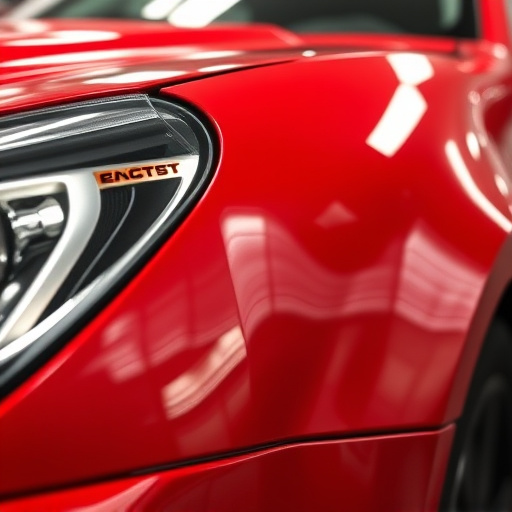
The process of paintless dent removal (PDR) is an art that involves carefully manipulating a dented metal panel back to its original shape without damaging the surrounding paintwork. This non-invasive method is ideal for various types of car paint repair, especially on metal panel dents. Here’s a straightforward guide:
1. Inspection: Begin by thoroughly inspecting the damaged area. Identify the extent and type of dent, whether it’s a shallow indent or a deeper crease. This step is crucial as it determines the approach for removal.
2. Prepare the Work Area: Ensure proper ventilation in a well-lit workshop. Lay out all necessary tools, including PDR hammers, clamps, and mallets. Protect the surrounding area with drop cloths to prevent debris from spreading.
3. Apply Heat: Use a heat gun or dryer to warm up the dented panel gently. This step helps to soften the metal, making it easier to manipulate without causing further damage. Be mindful not to overheat, as it might affect the paint’s integrity.
4. Use PDR Tools: With practiced skill, insert a PDR hammer into the dent, prying it slowly from the back. It’s a delicate process; use the right tools and a steady hand. As you work, keep checking the dent’s progress from different angles to ensure even removal.
5. Adjust and Clamp: Once the dent starts to lift, adjust the position of your tools to target any remaining indent. Use clamps to hold the panel in place once satisfied with the results, allowing it to cool slightly.
6. Final Touches: Remove the clamps, and inspect the repaired area. Lightly sand the surface if needed, then apply a thin coat of carnauba wax or a similar finish to protect the metal and restore its shine, enhancing the overall car restoration process.
Paintless dent repair methods have revolutionized the way we address dents on metal panels, offering a non-invasive and cost-effective solution for vehicle owners. By utilizing specialized tools and techniques, such as PDR (Paintless Dent Repair), it’s possible to restore damaged panels to their original condition without the need for repainting. This eco-friendly approach not only saves time and money but also preserves the vehicle’s factory finish. With the right knowledge and equipment, metal panel dent repair can be performed efficiently, ensuring a seamless and satisfactory outcome.


